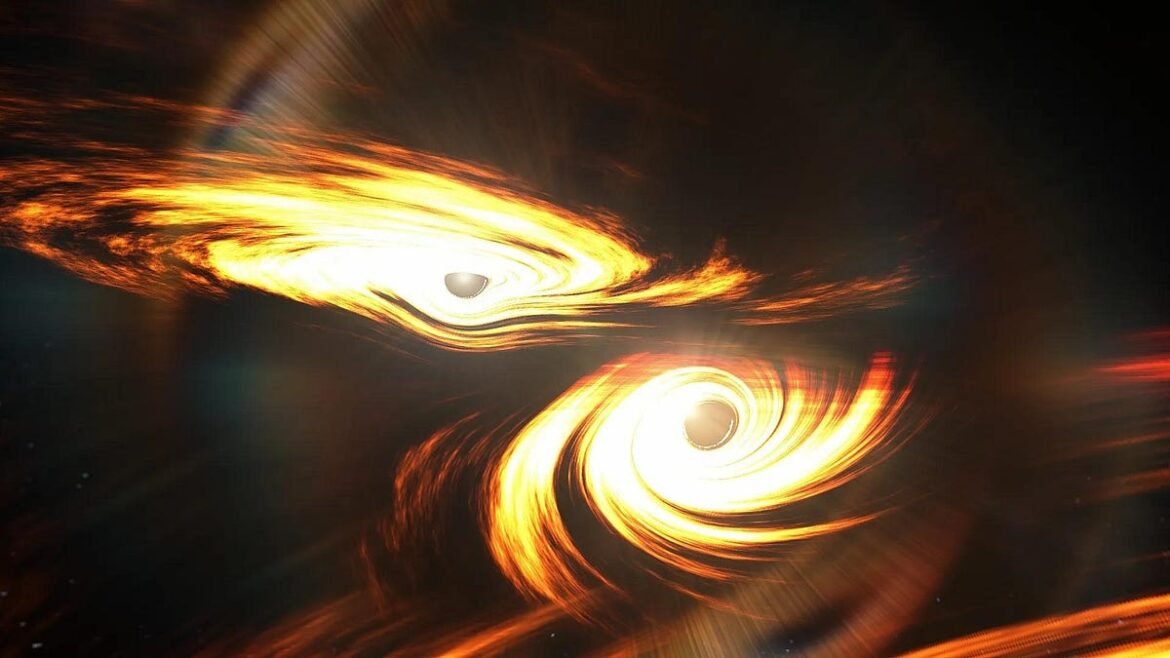All matter particles can act as waves, and massless light waves show particle-like behavior. Can gravitational waves also be particle-like?
The world forever changed back in February of 2016, when the LIGO collaboration made a revolutionary announcement that altered our view of the Universe forever. From more than a billion light-years away, two massive black holes, of 36 and 29 solar masses, had inspiraled and merged. The result of that merger was a single black hole of 62 solar masses, with the remaining 3 solar masses converted into pure energy via Einstein’s E = mc², rippling throughout the Universe in the form of gravitational waves. At last, no one could doubt the physical reality of gravitational waves, including the facts of:
- how they were produced,
- that they unambiguously carried energy throughout the Universe,
- and that they traveled at their theoretically predicted speed of c, the speed of light in a vacuum.
Since that time, LIGO has been joined by additional gravitational wave detectors such as Virgo, has risen into the triple-digits as far as the number of detections it’s made, and has witnessed neutron star mergers as well as black hole mergers, spanning nearly a factor of ~100 in the mass ranges of their detected objects. Gravitational waves are now undoubtedly real, and the process of observing them is teaching us an incredible amount about our Universe. But all of this information still only probes the predictions that arise from our classical theory of gravity: General Relativity.
If quantum physics is right, then wave-particle duality must be real, even for gravitational waves. Here’s what that means, and how we might someday go about putting it to the ultimate, experimental test.
It’s no stretch to claim that wave-particle duality is one of the strangest quantum phenomena ever uncovered. The independent ideas of waves and particles started out simply enough: matter was made of particles, things like atoms…

